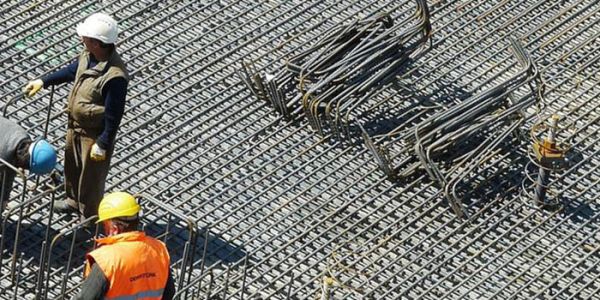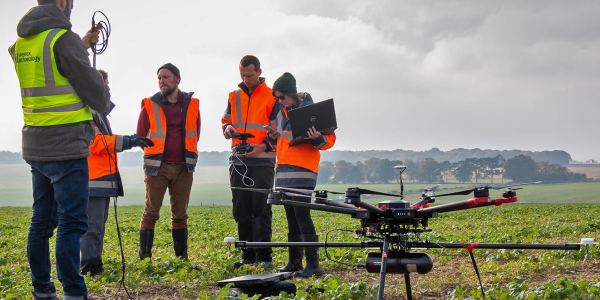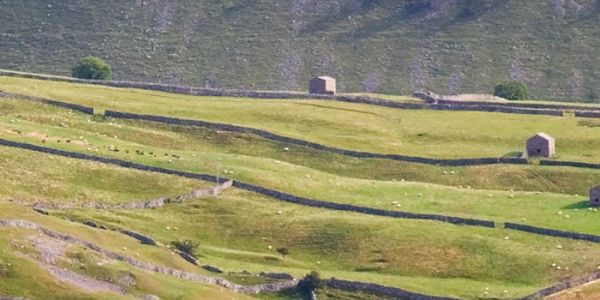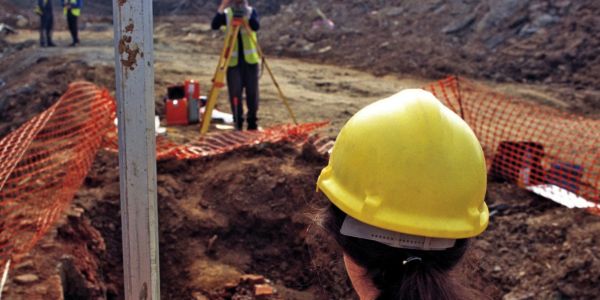CIfA acts as an authoritative voice for the archaeology sector. We are one of the leading archaeological opinion formers and independent advisors to government, heritage sector partners and other decision-makers.
Through our advocacy, we work to influence policies and the people, like governments and other professions, who make decisions that can affect archaeology.







